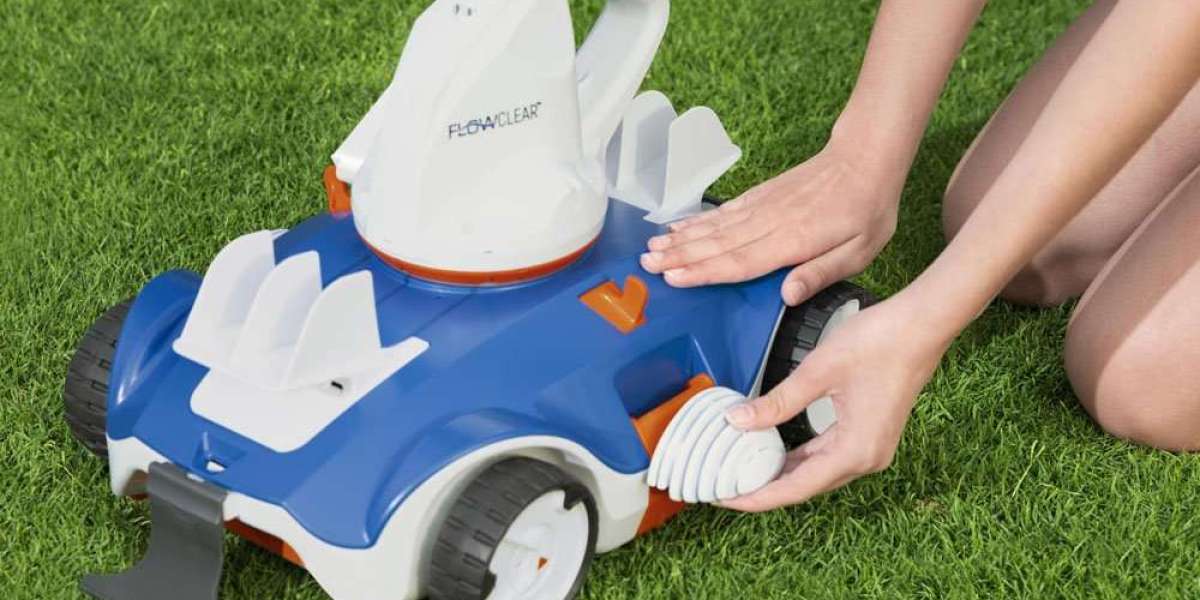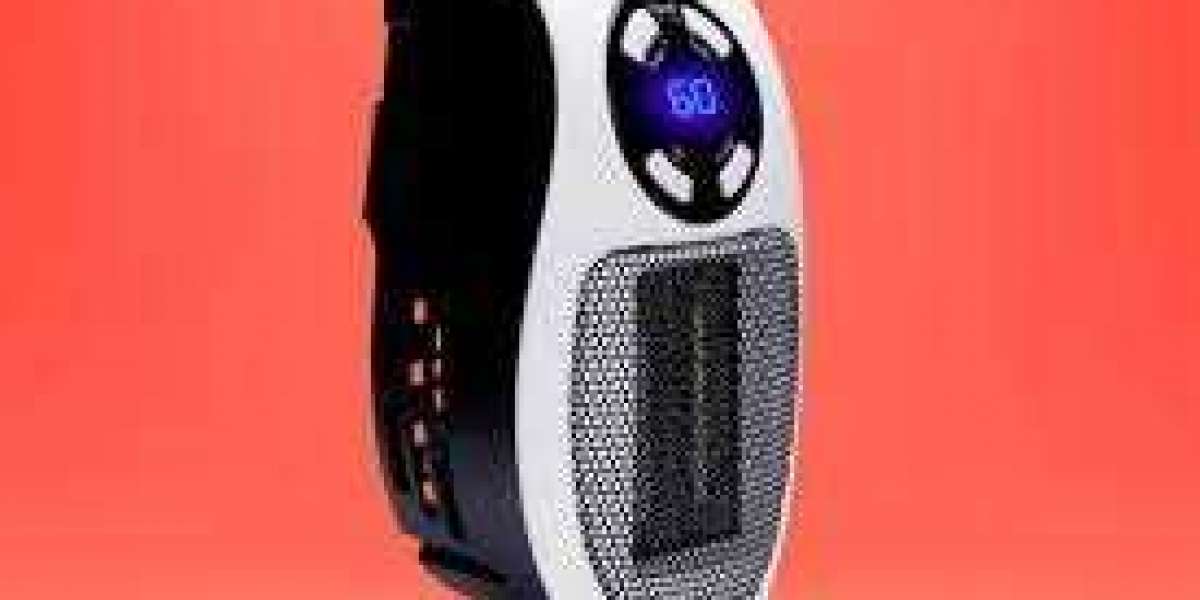If a client comes to you with an automatic cleaner that is not working like it used to, there are a few simple steps they can take to get it back to work. These are the same steps they can follow to fix a suction or pressure pool cleaner, but robotic cleaners need a little more hands-on maintenance than these other types of cleaners do.
For starters, if the cleaner is just not climbing the walls like it did before, the problem is likely in its cleaning pattern or cleaner speed. Readjusting these settings can change the cleaner's approach to the wall, allowing it to gain the traction and suction necessary to climb the surface.
Another issue that can occur with robotic cleaners is a loss of power. This can be caused by a dirty filter, clogged wheels or hoses, or even a tangled debris bag. Clean the filters, inspect the wheels and hoses for blockages, and make sure that the debris bag is not too full. This should help the robot find its way around the pool more effectively.
While robotic cleaners are easier to keep in good working condition than suction or pressure cleaners, it's still important that they be taken out of the water on a regular basis and stored in a cool area out of direct sunlight. Keeping them in good working condition can save on repairs and replacement costs and can also extend their life.
A robotic cleaner that is making strange sounds or bubbling water in the skimmer basket is another clear sign that it's time to replace it, especially if these issues are persistent and have not been resolved with other troubleshooting techniques. Likewise, a cleaner that is losing power over time due to rusted parts will need to be replaced in order to continue working properly.
For clients who have a suction or pressure cleaner, the easiest thing to do is to check out the power system. A blocked or clogged filter can lead to an insufficient amount of power being transferred to the drive belts and wheels, and this can cause the cleaner to stop moving altogether.
Lastly, a hose that is too long or too short can affect the performance of a pool cleaner, so be sure to measure the length of the hose and ensure it is the right size for the pool. Also, be sure that the hose doesn't have any kinks or bends in it, and add hose weights to keep it from twisting and tangling during operation. For a pressure cleaner, it's also a good idea to remove the thrust jet and sweeper tail to see how far the water is spraying in each direction. Ideally, the jet and tail should be shooting water 15-20 feet in the air. If this is not the case, it may be a sign that the hose is damaged and needs to be replaced.








